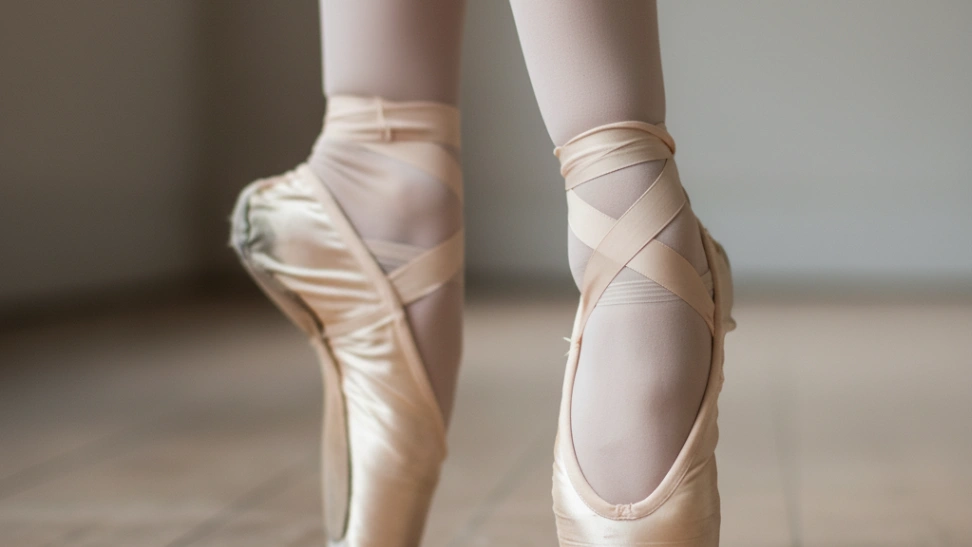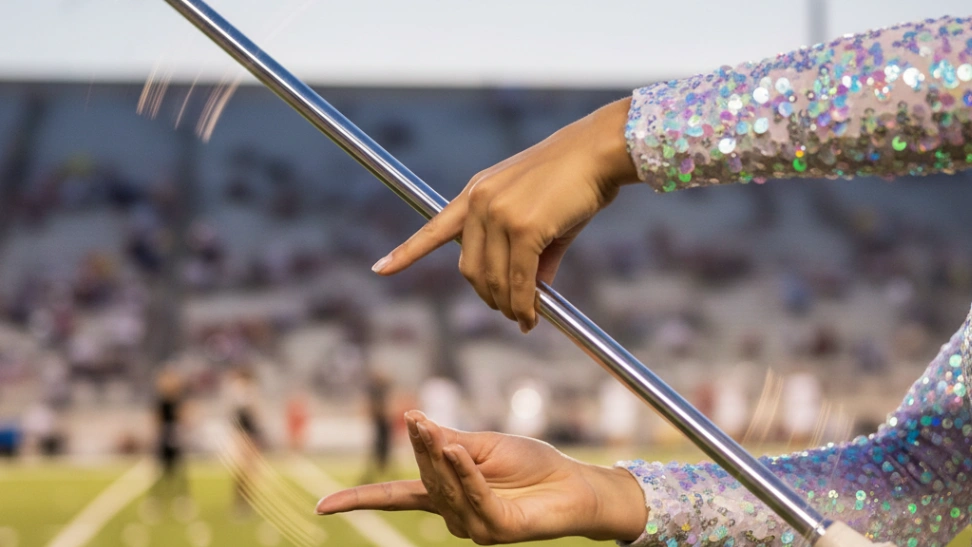The origins of the yo-yo can be traced back thousands of years, with evidence suggesting its existence in ancient Greece around 500 BC. Early yo-yos were likely made of wood, terra cotta, or metal and were used for both play and as a hunting tool, often involving a longer string to retrieve game from trees. The word "yo-yo" itself is believed to be derived from a Filipino word, with references to similar toys appearing in various cultures across Asia and Europe over centuries. The modern yo-yo craze began in the Philippines in the early 20th century, popularized by Pedro Flores, who brought the toy to the United States in the late 1920s. He founded the Yo-yo Manufacturing Company in California, demonstrating the toy's potential beyond simple up-and-down play. Donald F. Duncan, an American businessman, later bought Flores' company and trademarked the name "Yo-yo," initiating massive marketing campaigns and contests that cemented its place in American popular culture. His efforts, including national yo-yo championships and promotional tours, made the yo-yo a household name. The 1960s saw another surge in popularity, followed by a decline, and then a resurgence in the 1990s with advancements in technology, particularly the introduction of ball-bearing axels and transaxles, which allowed the yo-yo to "sleep" (spin at the end of the string) for much longer periods. This innovation revolutionized the sport, enabling the development of incredibly complex and diverse tricks. Today, yo-yoing continues to thrive, supported by a global community of enthusiasts, manufacturers, and competitive circuits. The rich history of the yo-yo illustrates its enduring appeal and adaptability across different eras and cultures, transforming from a simple plaything into a sophisticated tool for creative expression and athletic prowess. The evolution from basic wooden designs to high-tech metal and plastic models with advanced bearing systems highlights a continuous quest for enhanced performance and trick potential. This journey underscores how a seemingly modest item can inspire generations to push the boundaries of skill and innovation, maintaining its relevance in an ever-changing world of entertainment and sport.
Modern yo-yoing encompasses several distinct styles, each with its unique challenges and aesthetic. "1A" or Single A is the most common style, where one yo-yo is used to perform string tricks. This involves manipulating the yo-yo on its string, executing intricate patterns and aerial maneuvers before returning it to the hand. "2A" or Two-Handed Looping involves using two yo-yos simultaneously, typically performing looping tricks that never fully return to the hand, creating a mesmerizing, continuous motion. "3A" or Two-Handed String Trick uses two yo-yos for string tricks, demanding immense coordination and spatial awareness. "4A" or Offstring involves a yo-yo that is not attached to the string, allowing for throws where the yo-yo leaves the string entirely and is caught back on, similar to diabolo. "5A" or Freehand or Counterweight introduces a counterweight attached to the end of the string, allowing the player to release the yo-yo from their hand, creating entirely new dimensions of movement and control. Each style requires dedicated practice to master, building specific muscle memory, timing, and problem-solving skills. The journey of mastering these styles often begins with fundamental throws and catches, gradually progressing to more complex combinations and original sequences. This progressive learning curve keeps the hobby engaging and challenging, with endless possibilities for personal growth and innovation. The diversity of styles also means that a yo-yoer can specialize in one area or explore multiple, finding what resonates most with their personal style and interests, thereby ensuring a long and varied engagement with the art form. The dedication required to excel in any of these disciplines fosters patience and perseverance, qualities that extend beyond the hobby itself.
The global yo-yo community is vibrant and welcoming, with online forums, social media groups, and local clubs providing platforms for enthusiasts to connect, share tricks, and offer advice. This sense of camaraderie is a significant draw for many, fostering an environment of mutual support and inspiration. Competitions, from local to international levels like the World Yo-Yo Contest, showcase the pinnacle of skill and innovation in the sport. These events are not just about winning; they are celebrations of the art form, bringing together players from diverse backgrounds to share their passion. Competitors are judged on technical execution, originality, and presentation, pushing the boundaries of what is thought possible with a yo-yo. Beyond the competitive arena, yo-yoing is a fantastic way to develop focus, hand-eye coordination, and fine motor skills. It's a portable hobby that can be enjoyed almost anywhere, requiring minimal equipment to get started. Many yo-yoers also find it to be a meditative practice, providing a satisfying outlet for stress relief and creative expression. The constant pursuit of new tricks and refinement of existing ones offers a perpetual challenge, ensuring that the hobby remains fresh and rewarding for years. The feedback and encouragement from fellow enthusiasts often serve as a strong motivator, helping individuals overcome plateaus and continue their development. This strong community aspect not only enriches the individual’s experience but also contributes to the continuous evolution and popularization of yo-yoing as a respected skill and art form.



